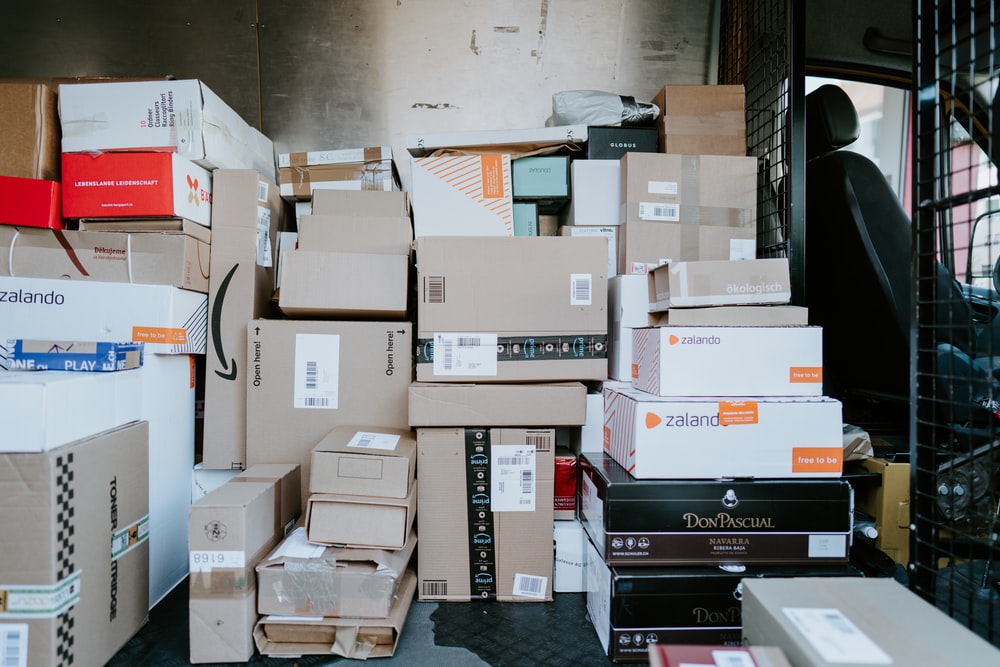The Indian trucking sector is divided into segments based on the end user, the freight load, and the destination (domestic and international/cross-border) (Manufacturing and Automotive, Oil and Gas, Mining, and Quarrying, Agriculture, Fishing, and Forestry, Construction, Distributive Trade, Healthcare and Pharmaceutical, and Other End Users). And its extreme disorganization makes matters worse. In this article, we attempt to evaluate the trucking business in light of the Part Truck Load (PTL) freight market in India, including its drawbacks and positive aspects.
The Indian road freight transport market, which now accounts for 85% of the global logistics market, is projected to expand at a CAGR of 6% from 2022 to 2027. Only around 20% of the nation's entire fleet of trucks were permitted to function during the first-ever lockdown during the epidemic, and the damage dwindled further with succeeding ones. The Indian freight business is currently like a jigsaw puzzle, waiting for the ideal interlocking or optimum operation among the many irregularly shaped scattered pieces of suppliers and buyers (rather, truckers and shippers).
Utilization, load factor, and empty miles are the three main factors that are directly impacted by this turmoil. Utilization decreases and the truck sits inactive while truck finance EMIs are still being paid when demand is not identified, or when a shipper is unable to find a truck despite it being available. Lower utilisation also means less compensation for the angry driver and more labour shortage for the trucker. In the end, both shippers and drivers end up paying more. When the load factor falls below 100, capacity is wasted and a false sense of scarcity in the market is produced. As you approach Empty Miles, productivity declines, and emissions per freight unit rise. Empty miles are primarily a result of the 2 million Brokers guiding the fragmented sector, which is analogous to the blind leading the blind. These Brokers are unaware of the numerous shippers and truckers who are readily available in real time nearby and on the same route since they lack a digital platform.
The following factors contribute to the poor state of the Indian trucking sector, according to Bal Malkit Singh, Chairman of the Core Committee and a former president of the All India Motor Transport Congress (AIMTC):
- The rivalry between roads and railroads, as well as within the road transportation sector
- Freight is dependent on supply and demand variables rather than on price
- Increasing costs for fuel, vehicles, tolls, insurance, taxes, and corruption in transit
- Transport operations are skewed with a long-haul and first- and last-mile delivery concentration.
However, a variety of steps implemented by policymakers in recent years have contributed to the sector's steady resurgence. The pandemic served as a disguised gift by drawing the government's attention to India's faltering logistics industry. In particular, the Gati Shakti National Masterplan, which just celebrated its one-year anniversary, has sparked a wave of infrastructure improvements that have improved connectivity along the more than 6 lakh kilometres of paved roads in total.
The tilt toward the road has progressively intensified over the last six decades. In those years, rail accounted for more than 80% of the modal mix; today, it makes up only about 31%. As a result, the road transportation industry dominates the logistics industry, contributing around 65% of the total tonnage of freight transit. According to Ajay Khosla, Deputy General Manager of Jaipur Golden Transport Company, "If we divide road transportation into percentages, FTL alone carries 84%, PTL 10%, and Express mode 6%.
Although FTL (Full Truck Load) dominates the Indian road freight business, PTL (Part Truck Load) has also been gaining ground recently.



